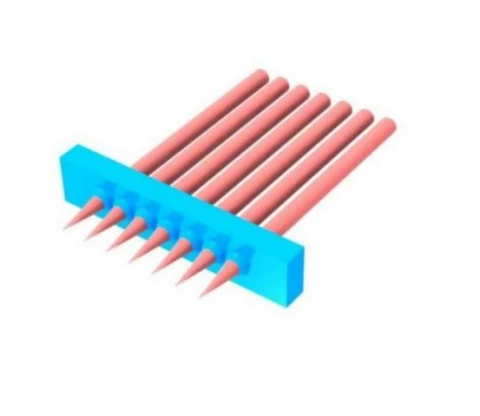Description
Coligh’s 1D circular linear micro-lens array is a micro-lens array composed of 1D plano-convex circular lenses uniformly arranged along the X-axis. In this micro-lens array, each plano-convex circular lens can focus and shape light. It is typically used for linear shaping, collimation, homogenization, focusing, and spatial beam splitting of light beams.
Sub-lens Shape: Circular
Lens Arrangement: One-dimensional direction
Lens Type: Refractive, Plano-convex
Pitch Accuracy: ± 1 μm
Applications: Optical collimation, fiber coupling
1D Circular Linear Microlens Array
Specifications
| Material: | Fused Silica |
|---|---|
| Grid Shape: | Linear |
| Effective Focal Length (EFL): | 0.5 mm |
| Lens Pitch: | 0.127 mm |
| Array Width: | 14 mm |
| Array Height: | 1 mm |
| Array Thickness: | 1 mm |
Features
Key Features Of Coligh’s Linear Microlens Array
1. All plano-convex lenses are uniformly arranged along the X-axis, suitable for collimating and shaping rod-shaped or line-shaped light sources.
2. The lens design features aspherical lenses.
3. It can form linear light spots, making it ideal for applications such as scanning, line-array lasers, and fiber arrays for precise focusing or uniformizing light sources.
3. The function of each plano-convex circular sub-unit lens can be used for aberration control and adjusting the angle, focal position, and intensity distribution of light.
4. The circular sub-lens array maximizes the effective light transmission area.
5. It is highly suitable for integration into laser modules and optical communication modules for light collimation and fiber coupling.
Applications
1D Linear Microlens Arrays Applications:
- Light Collimation: In VCSELs and laser diodes, the laser emits a highly divergent beam. Through a linear microlens array, each sub-lens can collimate or focus a single laser beam, enabling the collimation or shaping of multiple divergent beams into uniformly distributed light rays and linear spots.
- Fiber Coupling: In multi-core fiber arrays and VCSELs, fiber coupling requires high alignment accuracy. A linear microlens array can be placed between the light source array and the fiber array to focus light onto the fiber endface. By adjusting the spot size, controlling the divergence angle, and other parameters, coupling loss can be minimized.
Frequently Asked Questions
What are microlens arrays used for?
What are the benefits of using refractive microlens arrays over traditional optical processing?
What materials are used in the construction of these microlens arrays?
What is the typical wavelength these microlens arrays are designed for?
What is the address of Coligh Optics Technology Co., Ltd?
What is the range of pitches available for the microlens arrays?
Similar Products
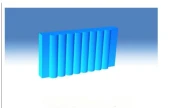
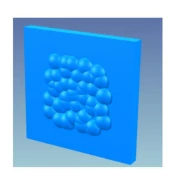
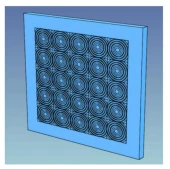
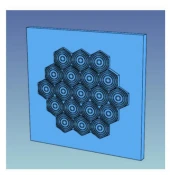
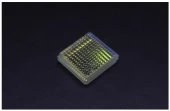
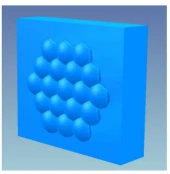
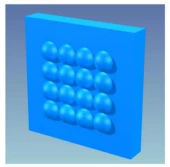
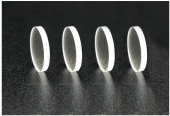
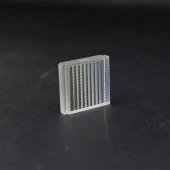
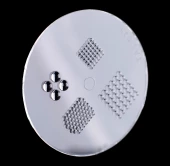
Your inquiry has been received.
Create an account by adding a password
Why create an account?
- Auto-complete inquiry forms
- View and manage all your past messages
- Save products to your favorites
- Close your account anytime — no hassle
